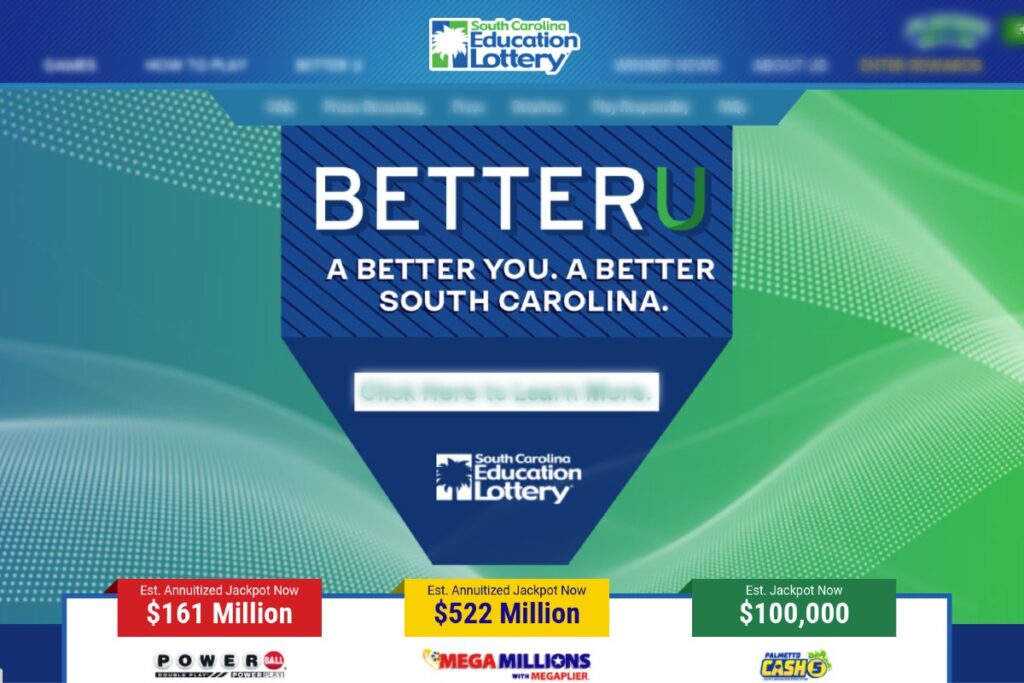
By Jack O’Toole | South Carolinians bought into the whole idea of an education lottery in 2002 as a way to ensure every Palmetto State high school student with good grades would be able to afford a college education at a state college or university.
But 22 years later – and despite more than $6 billion in lottery-funded scholarships – that goal is further out of reach than ever for thousands of the state’s highest-achieving students, according to recent research compiled by the Meeting Street Scholarship Fund. It supplements lottery scholarships for low-income students in 12 of South Carolina’s 46 counties.
“In 2002, the [lottery scholarship] award covered on average 105% of tuition and fees for a resident attending an in-state public college,” Meeting Street program director John Huber-MacNealy told Statehouse Report this week. “Today, given the rising cost of college, that award only covers 29%, so the impact of the scholarship just isn’t what it was when it was created.”
That’s why the fund is currently working to expand its program to all of the state’s counties. It’s also why it is recommending significant reforms in the state’s approach to lottery-funded scholarship programs.
Existing scholarships and a philanthropic ‘origin story’
Since its inception, the S.C. Education Lottery has funded three types of scholarships for college-bound South Carolina residents, all merit-based:
- The LIFE Scholarship provides $5,000 dollars to students attending an eligible state college or university. To qualify, students must have graduated from high school with a 3.0 or better grade point average (GPA), ranked in the top 30% of their class and scored at least 1100 on the SAT or 24 on the ACT. Students majoring in math, science, or health-related fields receive an additional $2,500.
- Designed as a bridge to the LIFE Scholarship, the HOPE Scholarship offers $2,800 to first-year college students with at least a 3.0 GPA in high school. If they maintain that 3.0 in their freshman year, they become eligible for a LIFE Scholarship in years two through four.
- The Palmetto Scholars Scholarship provides $7,500 to students in the top 6% of their class with at least a 3.5 GPA and 1200 on the SAT (27 ACT). Regardless of class rank, students can qualify with a 4.0 GPA and 1400 SAT (32 ACT). Again, math, science and health majors receive an additional $2,500.
According to Huber-MacNealy, the gulf between those numbers and the actual cost of an in-state college degree – about $10,000 difference per year, according to the latest data – that led Charleston philanthropists Ben and Kelly Navarro to start the Meeting Street Scholarship Fund in 2020.
“That $10,000 might as well be $100,000 to a lot of these students and families,” he said. “So, Ben and Kelly asked, ‘What can we do right now to help close that gap for these students who’ve worked so hard to put themselves in this position where they have a pathway to college?’ … That’s our origin story.”
Closing the gap
 Today, thanks to the Navarros’ commitment and additional resources from the Darla Moore Foundation, the fund works to close that gap by providing up to $10,000 a year for graduates of South Carolina public schools in 12 counties who qualify for a LIFE Scholarship and a federal Pell grant, which indicates significant financial need.
Today, thanks to the Navarros’ commitment and additional resources from the Darla Moore Foundation, the fund works to close that gap by providing up to $10,000 a year for graduates of South Carolina public schools in 12 counties who qualify for a LIFE Scholarship and a federal Pell grant, which indicates significant financial need.
The scholarship can be used for tuition, fees and room-and-board at any of the 17 South Carolina state colleges and universities that graduate at least 50% of their full-time students.
But Huber-MacNealy says even with plans to eventually expand Meeting Street to 46 counties, the state will have to do more to make college affordable and beneficial for many of South Carolina’s best students.
Specifically, he said he believes the state legislature needs to take action on two fronts: first, by making lottery-based scholarships more generous, and second, by strengthening accountability standards for state colleges and universities that want to receive those scholarship dollars.
“We would encourage lawmakers to consider changing the structure of these scholarships to not only increase award dollars to students who qualify,” Huber-MacNealy said, “but also to tie institutional eligibility to student success and on-time graduation rates. Right now there really is no distinction based on institutional success.”
Looking forward
State leaders agree the problem developed from 2002 to 2018, when legislators slashed non-lottery funding for state colleges while tuition more than doubled.
However, Gov. Henry McMaster has worked with the legislature to freeze tuition at state colleges since 2019, and to quadruple spending for needs-based financial aid over the same period, according to spokesman Brandon Charochak.
In addition, he pointed to a $3 million request in the governor’s most recent proposed executive budget to fund an independent top-to-bottom review of the state’s higher education system with an eye toward fundamental reform,“like the study commissioned for our healthcare agencies” last year.
The fate of the request, which was included in the S.C. House of Representatives’ 2024-25 state budget but left out of the Senate’s version, will be determined in June by a conference committee.
- Have a comment? Send to: feedback@statehousereport.com.



Andy, great article about college funding in S.C.
Could you tell me which 12 S.C. counties received the Lottery Scholarship money in 2002?